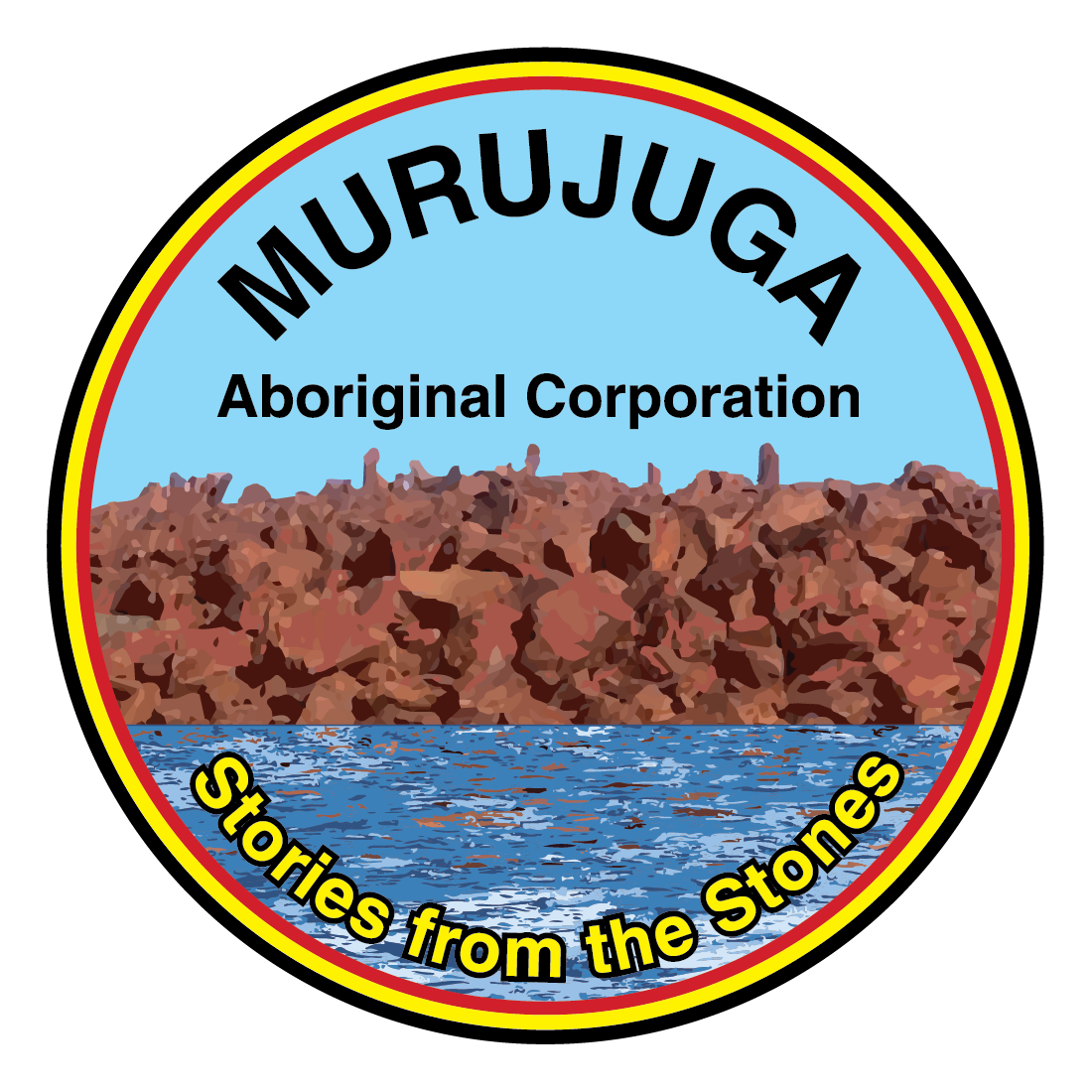
Archaeologists in the north-west of Western Australia are conducting a survey with a difference at the bottom of the ocean.
Key points:
- The researchers have been looking for ancient Indigenous artefacts on the seabed in the Dampier Archipelago
- Sea levels have risen 130m since the ice age, and artefacts like tools and rock carvings could still be underwater
- The team plan to publicly share “pretty exciting results” at the end of the year
The pioneering project is searching for underwater evidence of ancient Indigenous life in the Dampier Archipelago.
Scientists are hoping the exploration will lead to evidence of human life from when the seabed was land.

Image Caption: Chelsea Wiseman decides where to dive next.(Supplied: Jonathan Benjamin)
Jonathan Benjamin has been leading the team of international scientists working on the three-year project known as The Deep History of Sea Country.
Diving back in time to a lost world
The Dampier region in WA is rich in ancient history, with rock carvings telling the story of some 50,000 years of human existence.
This includes the nearby Burrup Peninsula site of Murujuga, which is home to an estimated 1 million Aboriginal engravings.
But with the rising of sea levels, there was a question over what artefacts remained underwater on surfaces that were once on land.
or the first time researchers have been investigating below the surface to better understand what life looked like in the area.
“And here in Australia we’ve lost 30 per cent of our continental shelf to sea-level rise.
“The archaeology on that continental shelf isn’t lost, it’s just underwater.
“Some of it will have been destroyed or eroded, but some of it will have been preserved.”
Australia’s oldest underwater archaeology
The team of researchers have been using aerial and boat-based scanning of the seabed, and once prospective sites were identified the team headed underwater.
Flinders University PhD student, Chelsea Wiseman, said the team were mostly looking for particular morphologies in rock and stone features.
During one expedition, the group were exploring what was referred to as a “wonky hole” — a feature which would have been a freshwater spring in what is now a submerged river valley.
They have been searching for artefacts including stone tools and taking geological samples of rock to establish dates of occupation.
“It gives us a way to analyse the deposition of these rocks and sediments over time.
“That tells us a story of how the landscape came to be.”
A new frontier
As the field research portion of the project comes to an end, the team will now gather and process their findings.
“There are thousands of sites all over the world with submerged landscape archaeology embedded underwater.
“We don’t have that record yet in Australia, so we’re doing something new and different.”
Source: ABC News
